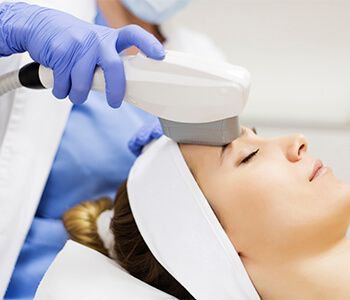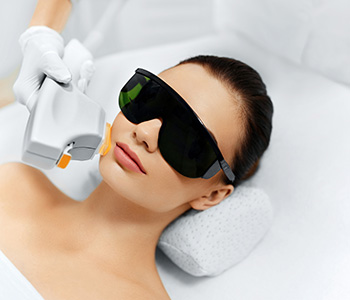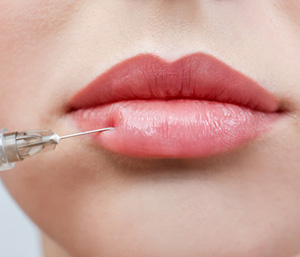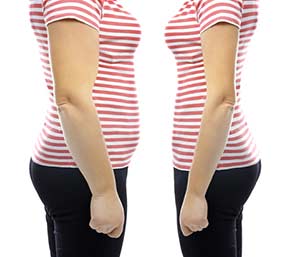WHAT IS MOHS SURGERY?

Mohs surgery, also known as micrographic surgery, is a highly specialized technique used to completely remove skin cancers with the highest cure rates. Developed by Dr. Frederic Mohs in the 1930s, it has proven to be a safe and effective means of eliminating skin cancer. Through direct microscopic examination and specialized marking techniques, Mohs surgery removes only cancerous areas, preserving as much healthy skin as possible. Mohs surgery is the best option for skin cancer that occurs in a sensitive area where as much healthy tissue as possible should be spared, for cancers that have a high risk of recurrence, and for cancers with difficult-to-define borders. During your examination, Dr. Beer will determine if Mohs surgery is the best option for you.
SCHEDULE A MOHS SURGERY CONSULTATION
If you have or suspect that you have skin cancer, don’t hesitate to make an appointment with Dr. Beer and his associates. To learn more about Mohs surgery or to schedule your consultation, we would be happy to speak with you at (561) 600-4848 (West Palm Beach) or (561) 430-2767 (Jupiter).
All you need to know about Mohs Surgery at Beer Dermatology

What is Mohs surgery?
Mohs surgery, also known as micrographic dermatologic surgery, is the gold standard for skin cancer treatment, especially on head and neck areas. Mohs surgery is especially useful for recurrent, aggressive skin cancers anywhere on the body, and may be used to treat large skin cancers on the trunk and extremities.
Who performs Mohs surgery in your practice?
Mohs surgery is performed only by physicians who have received expert training, often in the form of an additional fellowship after dermatology residency. This training allows us to examine 100% of the peripheral and deep margins of the tumor, using a microscope, and a detailed map during the procedure, while the patient waits.
This gives us superior visualization of the specimen margins compared to other surgical methods. Specimen margins need to be free of skin cancer cells in order to reduce the risk of recurrence of skin cancer.
How to prepare for Mohs surgery?
Before Mohs surgery, it is helpful to avoid pain medications that can cause bleeding, such as ibuprofen and naproxen. Let your Mohs surgeon know if you take aspirin or prescription blood thinners, which also increase your risk of bleeding during surgery. Never stop any medications without consulting the provider that prescribed them for you.
Avoiding smoking and consumption of alcoholic beverages before and after surgery is very helpful.
How does the Mohs surgery procedure work?
During the Mohs procedure, the patient is anesthetized using local anesthesia injected into the skin. Since the patient is awake during Mohs surgery, there may be a slight sensation of pressure and movement of the skin without pain.
After the skin cancer is removed with the scalpel and bleeding has been controlled, the patient will have a bandage placed over the open wound and rest comfortably while waiting. While the patient is waiting, the specimen is processed using a cryostat, which is a machine that the Mohs technician uses to freeze and cut thin slices of tissue.
How long does the procedure take?
Specimen processing with a cryostat can take on average 30 to 60 minutes per stage. This includes time spent by the Mohs surgeon reading the slides under the microscope. If a particular stage of Mohs surgery reveals residual skin cancer, then another layer of tissue and an additional stage of surgery is taken. For this reason, it is not possible to predict exactly how long any particular Mohs procedure will take.
Most patients will complete the Mohs procedure and subsequent reconstruction of the wound or defect in several hours. Once the skin cancer has been completely removed with the Mohs procedure, the wound is sutured using a variety of techniques employed by the Mohs surgeon.

Dr. Kerry Fike is a board-certified dermatologist and Harvard-trained physician. She has advanced dermatologic surgery training and active memberships in many dermatologic associations such as The American College of Mohs Surgery and specializes in non-melanoma skin cancer treatment using Mohs micrographic surgery.
Related articles

Frequently asked questions about IPL treatment

What are the benefits of IPL treatment?

Curb frown lines with Botox treatment

Why Should I Resurface My Skin with Fraxel Laser Treatments?

What is CoolSculpting® fat freezing, and how does it work?

What are the different types of Juvéderm fillers?

Differences between Dysport and Botox for wrinkle treatment

Kybella: the only FDA-approved injectable double chin treatment

How to freeze fat with CoolSculpting procedure in West Palm Beach, FL practice

How can Kybella injections in Jupiter, FL helps me improve my appearance?

What are the benefits of the Vbeam laser treatment with Jupiter, FL area doctor?

Is there a technique to achieving results with Sculptra injections in Jupiter, FL practice?

Freezing fat away with CoolSculpting offers effective body contouring for West Palm Beach, FL patients

Fraxel laser therapy improves the skin for West Palm Beach, FL area patients

Reverse time with Restylane injections at West Palm Beach, FL dermatology practice

West Palm Beach, FL area dermatologist offers clinical trials for Coolsculpting treatments

Are you located in West Palm Beach and considering skin care clinical trials?

West Palm Beach dermatology office provides cosmetic clinical trials for patient participation

Beer Dermatology in West Palm Beach, FL, offers the benefits of Jeuveau injection fillers

West Palm Beach, FL dermatologist, offers Dysport injections for combating the signs of aging

Restylane Silk injectable fillers for lip augmentation in West Palm Beach, FL

CoolSculpting contributes to beautiful bodies in West Palm Beach, FL

Summer’s here: Tips for Cellulite

A Botox-Like Gel Could Be Here by 2019

Mohs Surgery for the Removal of Skin Cancer

Placebo in Clinical Trials

Good news for those with a small chin (hypognathism)

IPL for Younger Clearer Skin

Considering Botox Treatments?

You don’t have to live with acne!

Coenzyme Q10

Eat your way to a healthier complexion

Winter Skin Care Tips for Beautiful Skin









